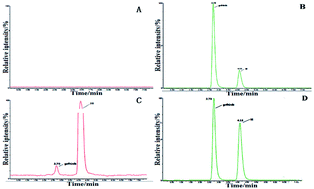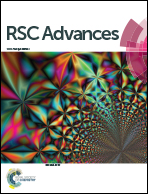Chronopharmacokinetics and mechanisms of gefitinib in a nude mice model of non-small cell lung cancer
Abstract
Circadian rhythms may influence the pharmacokinetics of drugs. This study aimed to investigate the pharmacokinetic characteristics of gefitinib at different dosing times and the underlying mechanisms. The Balb/c nude mice were housed under a constant 12 h light/dark cycle (lights period 7:00 to 19:00) with food and water available ad libitum. The tumor-bearing nude mice model was established and all the mice were randomly divided into six groups and gavaged with gefitinib. The plasma and liver tissues were obtained for pharmacokinetics analysis and used to examine the mRNA expression of metabolic enzymes and its upstream signal. AUC(0–24 h) and MRT(0–24 h) of 1 h and 17 h after light onset (HALO) gefitinib groups were higher. Clearance (CL) in 1 and 17 HALO gefitinib groups were lower and the highest was found in 9 and 13 HALO gefitinib groups. The mRNA expressions of Cyp3a11, Cyp3a13, pregnenolone X receptor (PXR), constitutive androstane receptor (CAR) and brain and muscle ARNT-like-1 (Bmal1) were higher during the late light phase and the early dark phase, while the mRNA expressions of period 1 (Per 1) and period 2 (Per 2) were lower in the same time. These results show that the pharmacokinetic characteristics of gefitinib have significant circadian rhythms, which may be correlated with rhythmic expressions of metabolic enzymes and their upstream signal. This study may provide experimental evidences for clinical pharmacological research.


 Please wait while we load your content...
Please wait while we load your content...